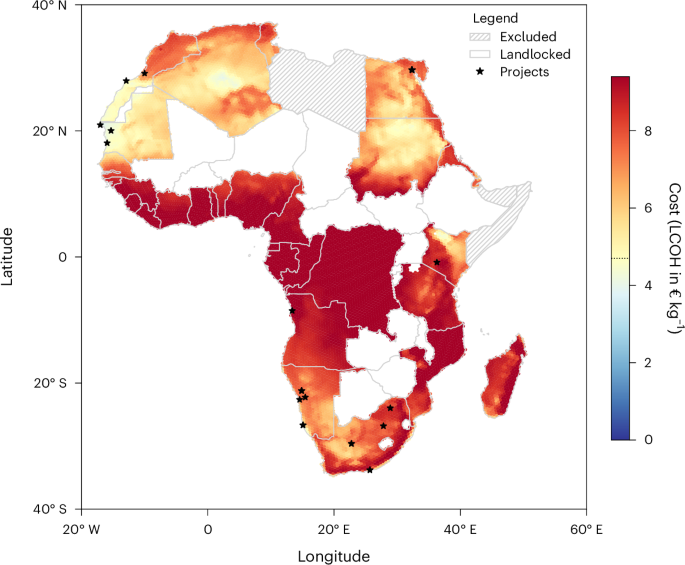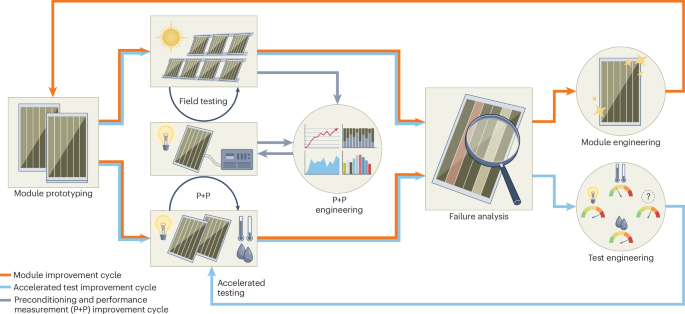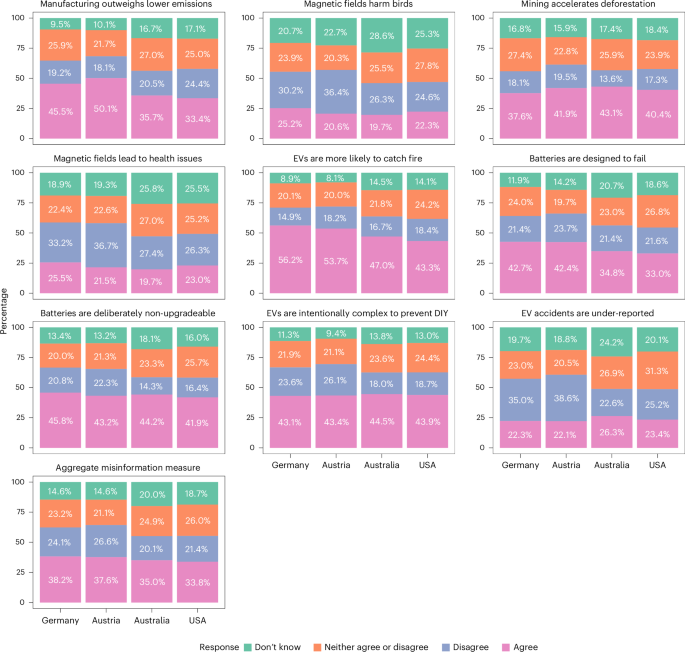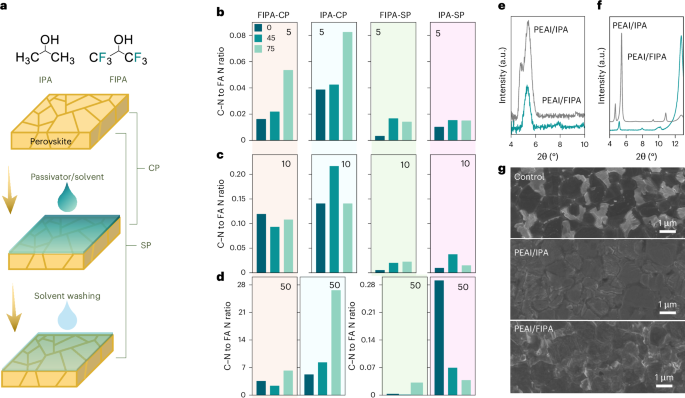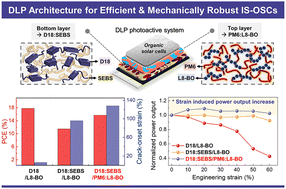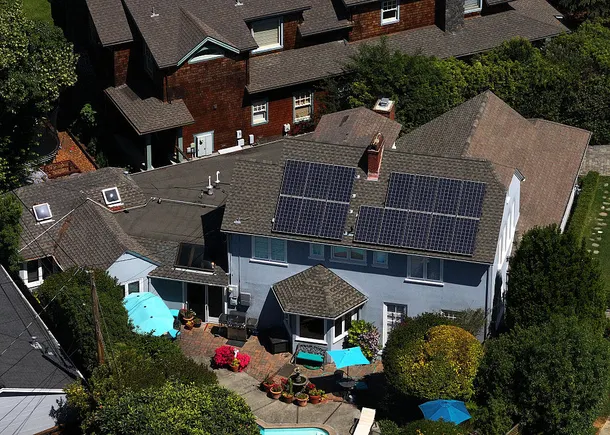Dendrite Elimination by Regulating Ion and Electron Distribution at the Electrode‐Electrolyte Interface
Advanced Energy Materials, EarlyView.

The surface heterogeneous Cu microsquare structure directs the plating/stripping behavior of the confined and preferred regions by modulating the interfacial ion/electron redistribution, allowing for regionally confined regions of dendrite growth and self-elimination of the dendrites, resulting in high-performance Zn metal anodes.
Abstract
While planar Zn deposition is extensively explored for dendrite suppression, the critical stripping process governing morphology evolution remains underexplored. An interfacial ion/electron redistribution strategy is proposed that establishes bidirectional regulation of plating/stripping dynamics through rationally designed Cu microsquare-patterned Zn electrodes. The heterogeneous Cu microsquare makes interfacial ion/electron redistributed, and random dendritic growth is restricted to certain regions and is no longer characterized by sustained growth. This interfacial engineering synergistically enhances ionic transfer in topographically guided bare Zn gaps while simultaneously activating preferential dendrite dissolution through surface energy-mediated overpotential elevation. The coordinated dual mechanism spatially confines stripping reactions within designated zones, achieving spontaneous dendrite eradication. In contrast to previous works concentrating on artificial interfacial layers or patterned designs, this work not only highlights the importance of adjusting ion and electron distribution in the plating/stripping process but also emphasizes the significance of confined and preferential regions in electrode design, achieving dendrite elimination. Consequently, the modified Zn electrode enables symmetric Zn//Zn cells to achieve over 2000 h cycling stability at 0.25 mA cm−2. Furthermore, the modified Zn anode enables Zn//MnO2 cells to show a ≈80% improvement in specific capacity after 1800 cycles at 1.0 A g−1 compared to bare Zn anodes.


























































































































